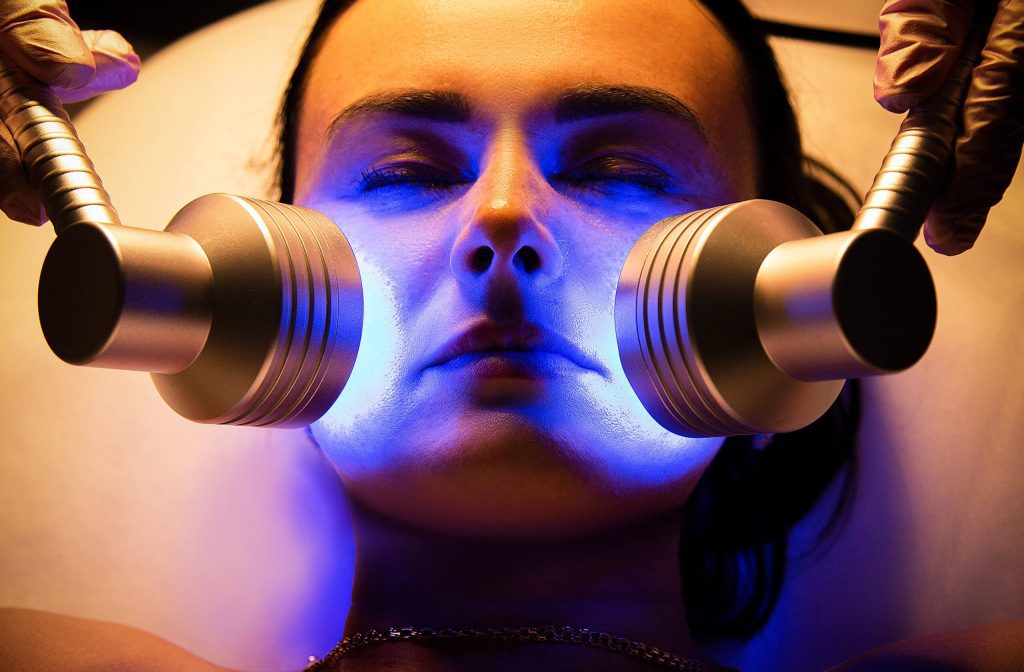The skin can begin to look dull, inflamed, or aged as time goes by. Indeed, light therapy is one of the modern methods of receiving the benefits of light with its numerous benefits, depending on the color of the light, such as red and blue light. Light therapy devices make it easier to regain that youthful, glowing appearance.
Red Light Therapy Vs. Blue Light Therapy
Red light therapy consists of the highest wavelength in the visible light spectrum. In return, it has the highest penetration rate among any other visible light. The light reaches deeper into the skin with a higher penetration rate and induces healing.
On the other hand, blue light therapy consists of the lowest wavelength among all the visible light sources. That means it has less penetration ability in the skin. In fact, blue light is often used to eliminate bacteria from the skin that causes oil production and other blemish-causing conditions.
How Does Red Light Therapy Work?
Red light therapy works below the epidermis by stimulating cells known as fibroblasts. These fibrous body tissues play a part in collagen production, the protein responsible for supporting connective tissue and healthy skin. Since collagen production decreases due to age, stimulating more collagen helps plump the skin.
How Blue Light Therapy Works?
Blue LED therapy effectively fights acne and diminishes surface skin damage. As indicated, this light therapy offers an antibacterial effect that controls two leading causes of acne, combined with its management of overactive sebaceous glands.
Moreover, blue light therapy works by immersing the affected area of the skin’s surface in beneficial violet or blue hues that fight the root cause of acne and reduce sun damage and the signs of minor acne scarring.
What Benefit Does The Red Light Therapy Offer?
Red light therapy has numerous benefits for different body parts. According to the area it provides, here are the benefits of red light therapy:
Mental Health
Indeed, red light therapy is highly effective in improving mental health conditions. It helps increase melatonin secretion when administered at night for better sleep. Certainly, cognition is significantly enhanced by having a better sleep at night.
Physical Health
Since red light can reach deeper into the skin with the highest penetration ability than any other light, it then helps the cells produce proteins like elastin and collagen. These proteins highly help in healing wounds. In addition, red light has helped hair growth and short-term treatment of carpal tunnel syndrome, as well as positively stimulated slow-healing wounds, such as diabetic foot ulcers and psoriasis lesions.
Skin Care
Mainly, red light therapy heals and repairs the skin from damage. With the increased protein production in the skin by light therapy, the aging signs and dark spots are highly reduced. Red light can also induce healing and remove the spots from the skin for those suffering from conditions like acne or rosacea.
Fitness
Red light therapy has been successfully adopted in the fitness industry to provide the highest benefit to consumers. Red light has provided additional strength, endurance, and agility in athletes. In addition, it can be substantially helpful during warming up and reduce muscle pain and injuries.
Hair Care
The other benefit of red light therapy is the ability to stimulate hair growth. In fact, it also reduces hair fall both in men and women. The technology works by penetrating the hair at a lower temperature and preventing it from drying from the inside.
What Benefits Does Blue Light Therapy Offer?
On the other hand, blue light therapy also has significant benefits aside from voiding UV rays in blue light. Nonetheless, here are its significant benefits:
Mental Health
Numerous studies are showing its benefits in improving depression symptoms in patients. Blue light therapy blocks the melatonin hormone from producing; as a result, it helps the body to stay awake. In fact, it helps trick the body into thinking it’s daytime and helps to boost attention, reaction time, and cheer mood.
Aside from that, it helps produce serotonin, which affects appetite, temperature regulation, and social behavior.
Physical Health
Blue light therapy can help improve the person’s alertness and significantly boost it. Also, it can wadge in regulating circadian rhythm and sleep cycle. Aside from that, it is beneficial in vision development and is often used to reduce the tumor size before an operation.
Skin Care
Since blue LED lights are often used to treat bacteria-caused skin conditions, they also increase activity in the bacteria cells and destroy them. Consequently, conditions like acne and rosacea can be managed effectively. Also, blue light helps in regulating oil in hair and face.
Additionally, blue light helps reduce wrinkles, effectively fades scarring, and corrects uneven pigmentation.
Fitness
Since blue light induces serotonin production, the mood can be elevated highly. The elevated mood helps work harder in the gym and gain additional bodily benefits. That said, it will help a person gain fitness within a short time.
How Often Should You Use Light Therapy?
Light therapy devices are pretty simple, and the guideline is often similar for red and blue therapy devices. However, safety goggles are recommended when using a blue light device.
For first timers, try using a therapy device once daily for 45-60 days. After that, it can be continued daily or reduced to 2 or 3 times weekly. Also, keep in mind that light therapy can work differently since every skin is unique.
Is Light Therapy A Safe Treatment?
By far, there is no indication that light therapy is dangerous as long as it’s administered under the direction of a licensed aesthetician. Also, wearing the same type of goggles used for tanning can protect retinas from damage.
Although it is safe and effective, LED light therapy should be avoided by those people with a pre-existing condition or medication that might put them at risk. Those who should avoid light therapy include:
- People taking medication that cause photosensitivity, such as melatonin, antibiotics, and Phenothiazine antipsychotics
- Individuals undergoing treatment for melanomas
- Clients diagnosed with diabetes or Lupus
- People with a previous history of problems during or after light therapy
There is no UV ray exposure using this kind of therapy as long as there is a diffuser on the device to filter out harmful rays. For those with photosensitivity, they might experience mild side effects such as:
- Redness at the site of treatment
- Burning on the skin surface
- A stinging sensation in the treatment area
These symptoms are usually mild and disappear within a week or two of discontinuing treatment. The chances of experiencing adverse side effects can be lessened by undergoing treatment with a trained and qualified professional to administer LED light therapy.
Final Thoughts
Light therapy is a non-invasive system and is one of the oldest approaches to treating several health problems. Viva Vitality offers Red and Blue Light Therapy, which uses a modern device that emits infrared light on the face in several wavelengths while the targeted area absorbs the low light beams from the light diodes into the deepest layers of the skin. Ultimately, the LightStim panel used at Viva Vitality combines lights to treat acne and get anti-aging effects in one treatment.


